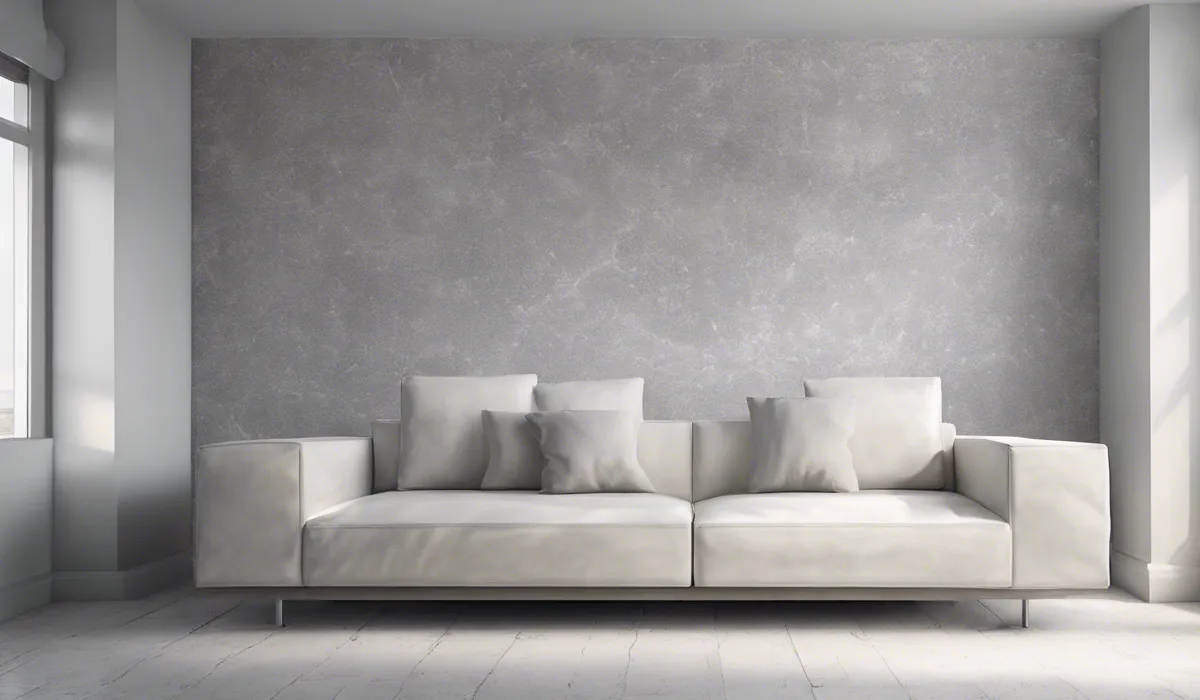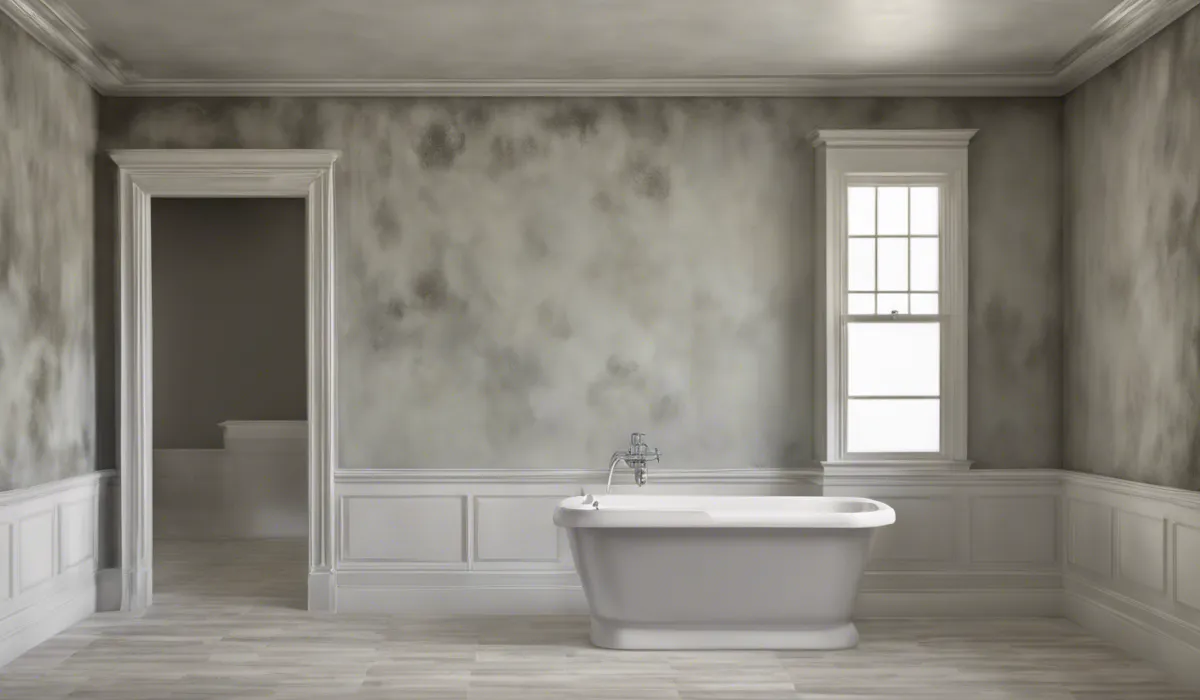Yes, there are mold-resistant types of drywall that are specifically designed to inhibit mold growth. These products contain fiberglass instead of the traditional paper facing, which provides a less hospitable environment for mold. They are ideal for moisture-prone areas like bathrooms and basements.
Understanding Mold and Its Impact on Drywall

What is Mold?
Mold is a type of fungus that can grow almost anywhere there is moisture and organic material. It reproduces through tiny spores that travel through the air.
When these spores land on a damp surface, they begin to grow and multiply, often creating patches of mold that can spread over large areas if not controlled.
Common Conditions for Mold Growth
Drywall becomes an ideal breeding ground for mold when it is exposed to moisture and humidity.
Areas with poor ventilation, such as bathrooms and basements, are particularly susceptible.
Leaks, flooding, and condensation are common moisture sources that contribute to mold growth.
Health Implications of Indoor Mold
Exposure to mold can lead to health issues, especially for those with allergies or respiratory problems.
Symptoms may include coughing, sneezing, and throat irritation. In severe cases, mold exposure can lead to more serious conditions like asthma or chronic lung illnesses.
Challenges of Mold on Drywall
Mold on drywall can be particularly challenging to address. The porous nature of drywall allows mold to penetrate and take hold within its structure.
This not only undermines the drywall’s integrity but also makes complete removal of the mold very difficult.
Characteristics of Mold-Resistant Drywall

Composition of Mold-Resistant Drywall
Mold-resistant drywall is designed to withstand exposure to moisture better than standard drywall.
It typically includes fiberglass facing instead of paper, which is less likely to support mold growth.
The core of the drywall also contains mold inhibitors that help prevent the growth of mold spores.
Differences from Standard Drywall
Unlike traditional paper-faced drywall, mold-resistant versions do not provide a food source for mold.
Additionally, the treated core and fiberglass surface are more durable when exposed to moisture, reducing the likelihood of deterioration and mold development.
Role of Paperless Drywall
Paperless drywall eliminates the paper facing that is often a mold magnet. This significantly reduces the risk of mold taking hold.
It is especially beneficial in areas of your home that are prone to moisture, such as near a ceiling box in the bathroom or kitchen.
Testing and Rating
Mold-resistant drywall must meet specific industry standards.
These products undergo rigorous testing for mold resistance, receiving ratings that help consumers understand the level of protection they offer against mold growth.
Best Practices for Preventing Mold on Drywall

Proper Installation Techniques
Ensuring proper installation is crucial for the effectiveness of mold-resistant drywall. It is essential to seal joints adequately and to avoid installation in extremely damp conditions.
Professional installation can help guarantee that the drywall performs as intended.
Moisture Control and Ventilation
Controlling moisture levels and providing good ventilation are key to preventing mold growth.
Use dehumidifiers in damp areas and ensure that rooms are well-ventilated to reduce humidity.
It is also important to promptly address any water leaks or spills to keep the drywall dry.
Cleaning and Maintenance
Regular cleaning and maintenance can prevent mold from establishing a foothold. Gently cleaning drywall surfaces and keeping them dry will reduce the chances of mold growth.
Inspect drywall regularly for signs of moisture and address any issues immediately.
When to Replace with Mold-Resistant Drywall?
If you have recurring mold problems or are renovating moisture-prone areas, it may be time to replace existing drywall with mold-resistant options.
This is particularly relevant for rooms with high humidity or those that have experienced water damage near plumbing fixtures like a toilet flange.
FAQs About Mold-Resistant Drywall
Is all drywall resistant to mold?
No, not all drywall is resistant to mold. Mold-resistant drywall is specially designed with fiberglass to prevent mold growth.
What makes mold-resistant drywall different from regular drywall?
Mold-resistant drywall is made with fiberglass facing instead of paper, which reduces the potential for mold growth.
Can mold-resistant drywall be used in any room?
While it can be used in any room, mold-resistant drywall is especially beneficial in moisture-prone areas like bathrooms and basements.
Is mold-resistant drywall waterproof?
Mold-resistant drywall is not waterproof but is more resistant to moisture than traditional drywall, helping to prevent mold growth.
Do I need special tools to install mold-resistant drywall?
No special tools are required for installing mold-resistant drywall; it can be installed using the same tools as regular drywall.
Final Thoughts
Mold-resistant drywall is specially crafted to deter mold growth, featuring fiberglass instead of paper facing.
This material is less conducive to mold, making it an excellent choice for areas frequently exposed to moisture, such as bathrooms and basements, where traditional drywall might succumb to mold infestation.
